Our patients love treatment with Invisalign clear aligners because they’re nearly invisible. But what happens when it’s time for the Invisalign to come off and the retainers to go on? Most people think of retainers as those acrylic and wire contraptions. Some of today’s retainers are more advanced and have the same look and feel as Invisalign clear aligners! The Essix retainer is made in the style of clear aligners, but Invisalign has its own clear retainer — Vivera.
Which one is better, Essix or Vivera? What do these clear retainers do, and why do you need them? Zombek Orthodontics is a Platinum Invisalign provider, so we have plenty of experience with Invisalign and its Vivera retainers. Are Invisalign’s retainers better than Essix retainers? Let’s weigh the pros and cons.

When it comes down to Invisalign vs. retainers, you may be wondering why you even need a retainer. Why not just wear your last Invisalign tray? Invisalign aligners are designed to move and straighten your teeth. Vivera retainers are made to hold your teeth in place.
You need retainers because your teeth have been made to move for months, and it takes a while for them to stop moving and stay in place. The retainers may look like your Invisalign trays, but where the Invisalign trays are made to move your teeth, retainers are made to keep them still and don’t apply pressure on your teeth.
By wearing your retainers properly, you can make that beautiful new smile of yours last for a lifetime!
Traditional retainers, often called Hawley retainers, are made of acrylic that’s molded to the shape of the roof of your mouth. Wires attached to the acrylic slide over your teeth and hold them in place. The wires are very visible, which is why many of our patients prefer the Vivera or Essix retainers.
Vivera and Essix retainers are custom-molded to your teeth to fit them snugly and hold them in place. The removable retainers slide onto your teeth and hold them still while the bone in your jaw hardens around them. Once your jaw “sets,” your teeth won’t move as much, which is why we usually reduce the amount of time you wear your retainers from 22 hours a day to overnight after about 6-12 months.
The advantage of Vivera and Essix retainers is that they are clear and molded to fit your teeth, so they’re nearly invisible. Our patients don’t feel as self-conscious wearing their Vivera retainers, and they can show off their new smile while preserving it.
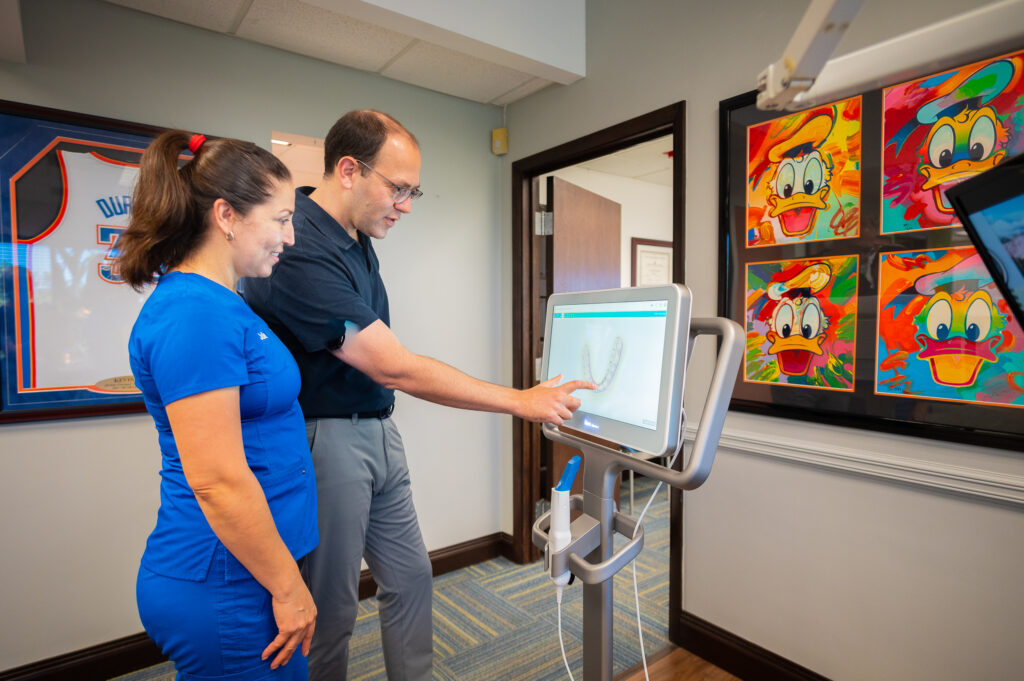
Which is better, Vivera or Essix retainers? They look very similar, so what is the difference between Vivera and Essix retainers? Both are designed to keep your smile the same for the rest of your life, and both Vivera and Essix retainers are removable. However, there are a few differences.
The biggest difference is the material. Vivera retainers are made from the same durable SmartTrack material as Invisalign clear aligners. That makes them just as strong as Invisalign. Essix retainers are made from a 30% thinner material. This means you have a better chance of Essix retainers bending, warping, or breaking.
Essix retainers may be less expensive, but the thinner material often means patients have to replace them more often. That doesn’t save money in the long run. Also, Vivera offers two sets of retainers initially, not just one. That means you have a backup in case you lose your retainers.
As an Invisalign Platinum Provider, Zombek Orthodontics is familiar with SmartTrack material, so you can expect Vivera retainers that fit you comfortably and that will last for years.
We believe strongly that you’ll find Vivera retainers to be stronger, more comfortable, and longer lasting than other retainers. Schedule an appointment with us to see for yourself!
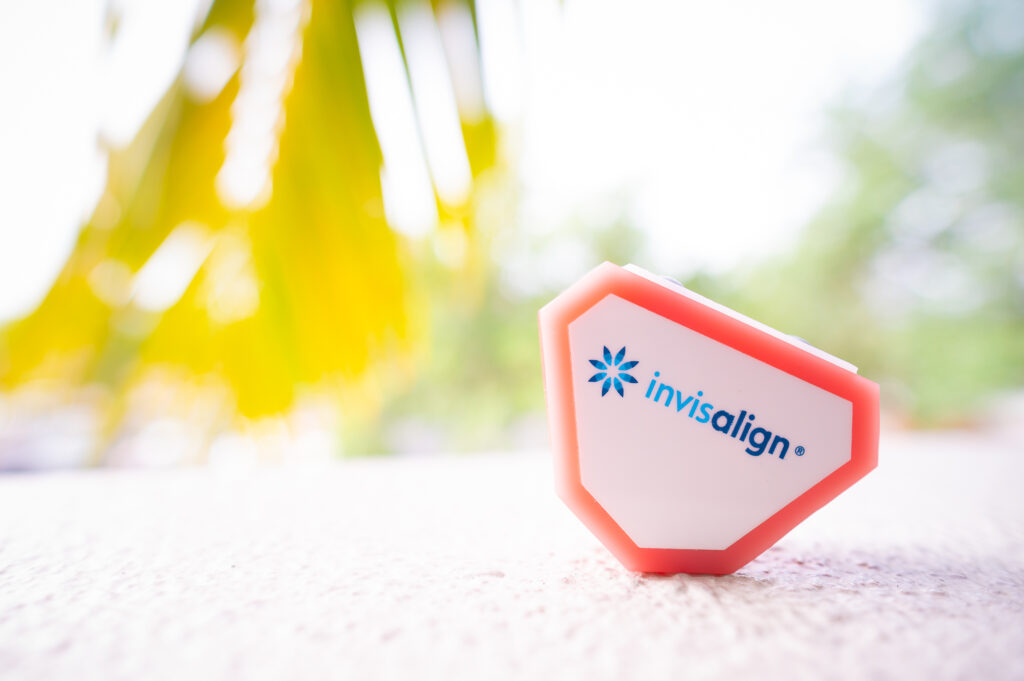
With proper care, your retainers can last for years. It will take some diligence on your part to keep them safe and clear.
When you first get your retainers, you’ll need to wear them most of the time — at least 22 hours a day. You’ll remove them for eating, drinking dark liquids (clear water is OK), and brushing and flossing. Make sure you put them into a protective storage case when they are not in your mouth. Store your case somewhere safe. As with Invisalign, your retainers can be damaged by small children or pets, so keep them out of reach of both. Also, never wrap your retainers in a napkin. It’s far too easy to throw them away!
The key to making your retainers last is to clean them well. Rinse your retainers every time you remove and replace them. Clean your retainers by soaking them in lukewarm water with retainer cleaner tablets. We don’t recommend using toothpaste because abrasive material in the toothpaste can leave microabrasions on your retainers and give them a cloudy appearance.
Make sure your retainers aren’t left in areas that are too hot, such as a hot car or in very hot water. Don’t put them in a dishwasher. Excessive heat can warp your retainers, damaging them. This is why we encourage you to use your storage case.
Why is this so important? Because after several months without tooth movement, we usually allow you to reduce your wear time from 22 hours a day to 8 hours a day. Most patients sleep in their retainers, so they don’t have to wear them during the day. When the retainers aren’t in your mouth, they need to be stored safely so they last for years. Good storage habits early will carry you throughout your life and will carry your retainers, as well.
Vivera retainers and Essix retainers are very similar, but Vivera retainers offer you thicker material, better comfort, and more durability thanks to the same SmartTrack material you find in Invisalign clear aligners. If you’re ready to see what Invisalign treatment and Vivera can do for you, start with a virtual consult if you’re in the Hollywood, FL, or Weston, FL, areas. We’ll bring you in for a full consultation and show you how Invisalign and Vivera can create the smile of your dreams!

Some people have teeth that come in straight and stay that way. For the rest of us, we need orthodontic treatment like braces or Invisalign to get the healthy, straight smile we want. How to know if you need braces might not be as easy as it sounds. You may need braces if you’re not happy with your smile and feel self-conscious, if you have problems biting or chewing, or if you experience jaw pain.
The best way to find out if you need braces is to schedule a consultation with an orthodontist you trust. At Zombek Orthodontics, we offer consultations to find out if braces or Invisalign are right for you.
So how do you know if you need braces? While some issues will clearly need orthodontic treatment (overbite, underbite, crossbite, gap teeth, crowded teeth, open bite), some are less obvious. Signs include:

If you or your child is experiencing any of these issues, it’s important to see an orthodontist to reduce the chances of more serious issues later on.
If you have an overbite, do you need braces? What about braces for crowded teeth? Why do people get braces?
There are many reasons to get braces. Braces are needed for several oral health problems and health issues. Each one of these can affect your ability to chew or speak, can cause headaches or jaw fatigue, or can cause breathing problems. Here is a brief description of each type of dental issue you can treat with braces.
Sometimes the best way to tell if you need braces is simply to see real-life examples. While every case is unique, it can be helpful to see cases similar to your own prior to meeting with an orthodontist. If you’re wondering why people get braces, here are some of our amazing smile before and afters!
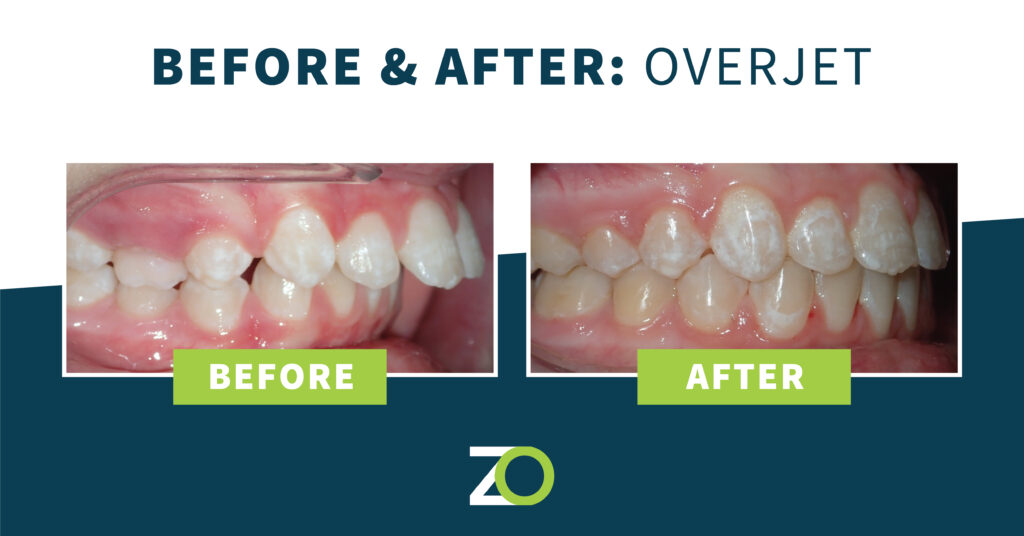
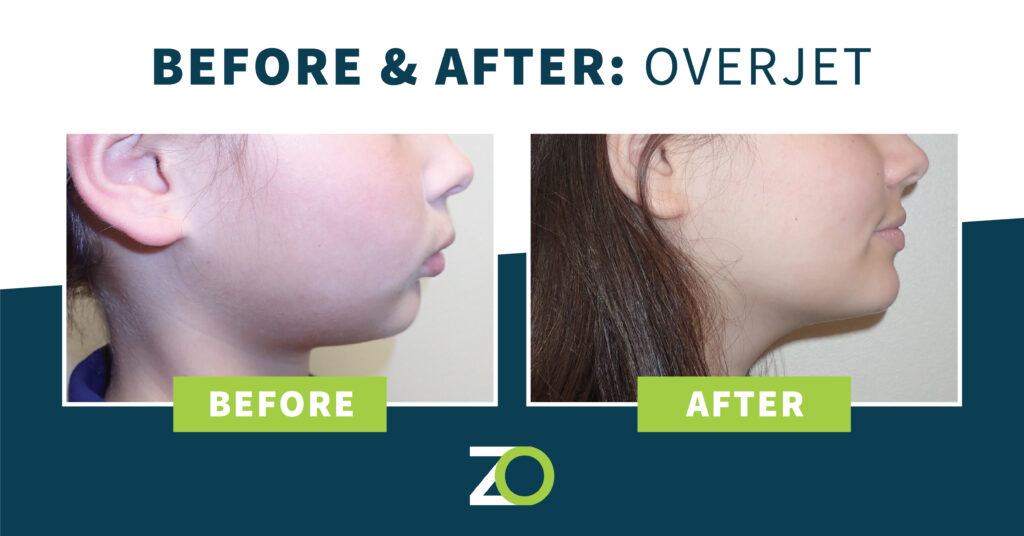
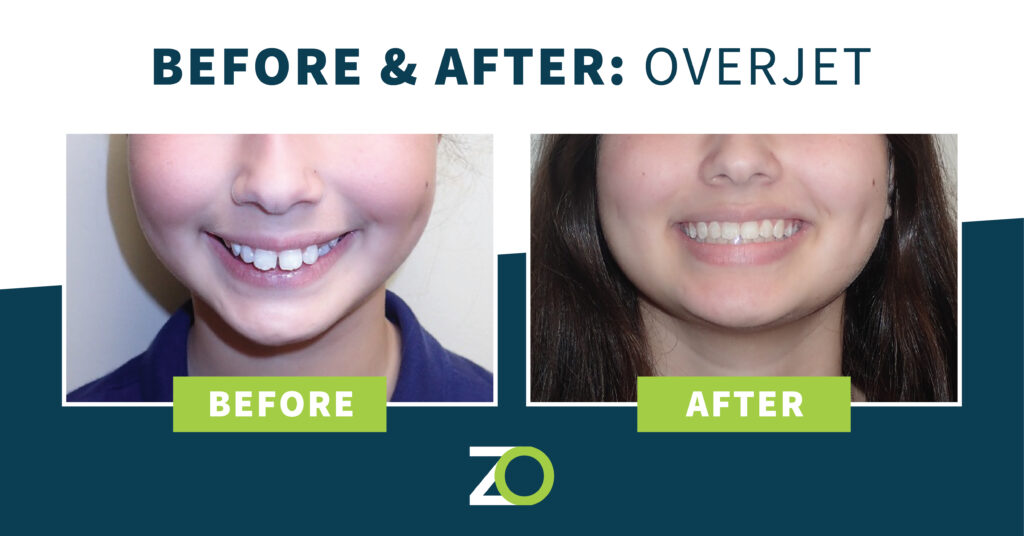
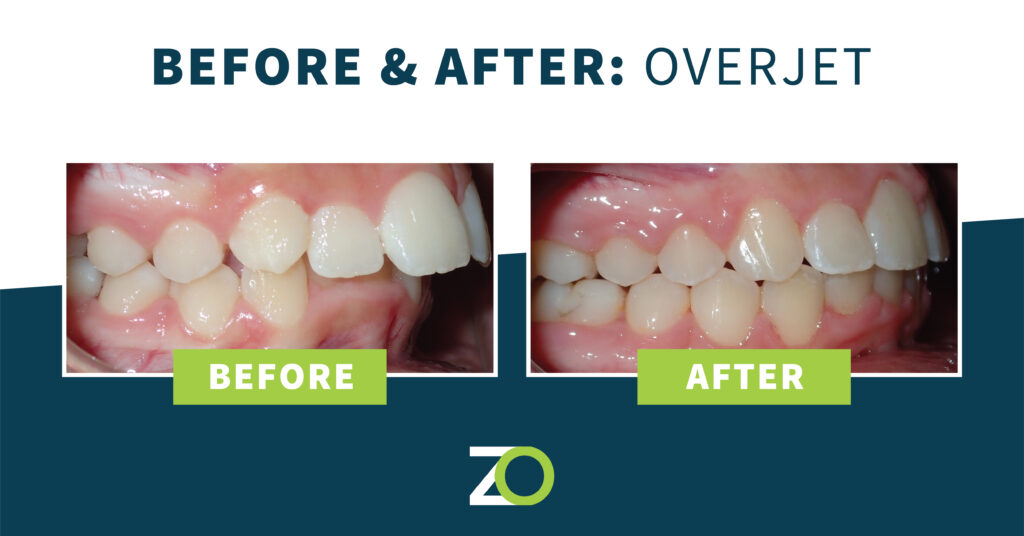
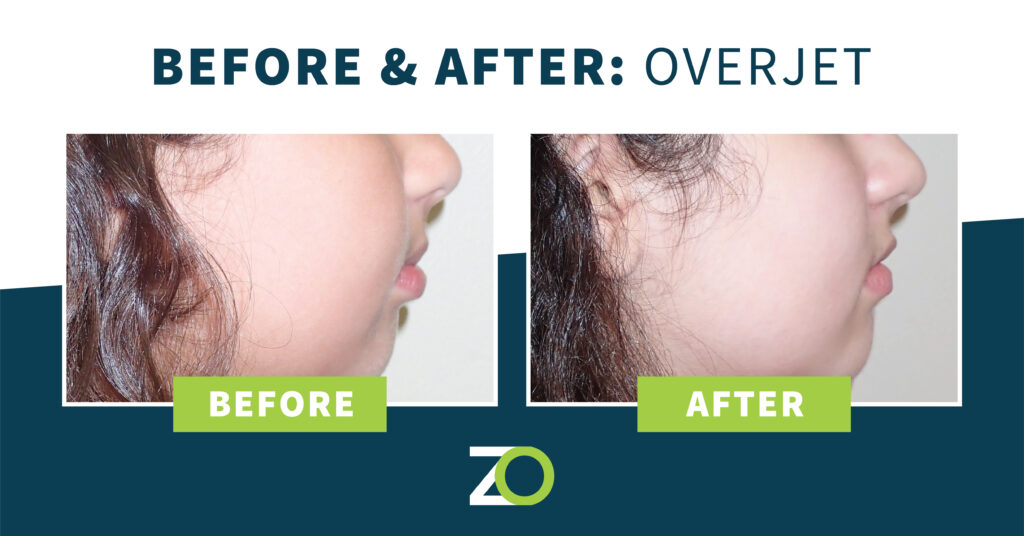

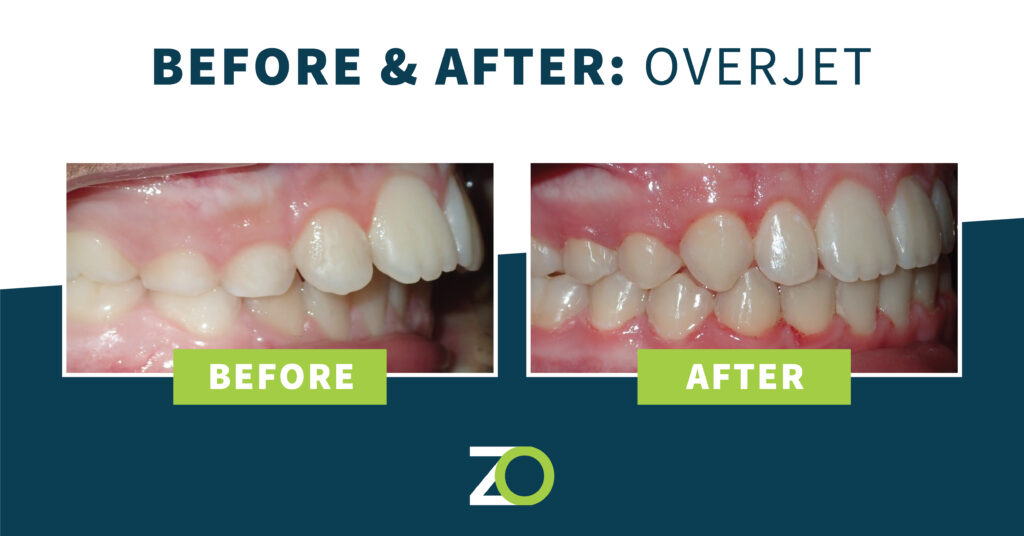
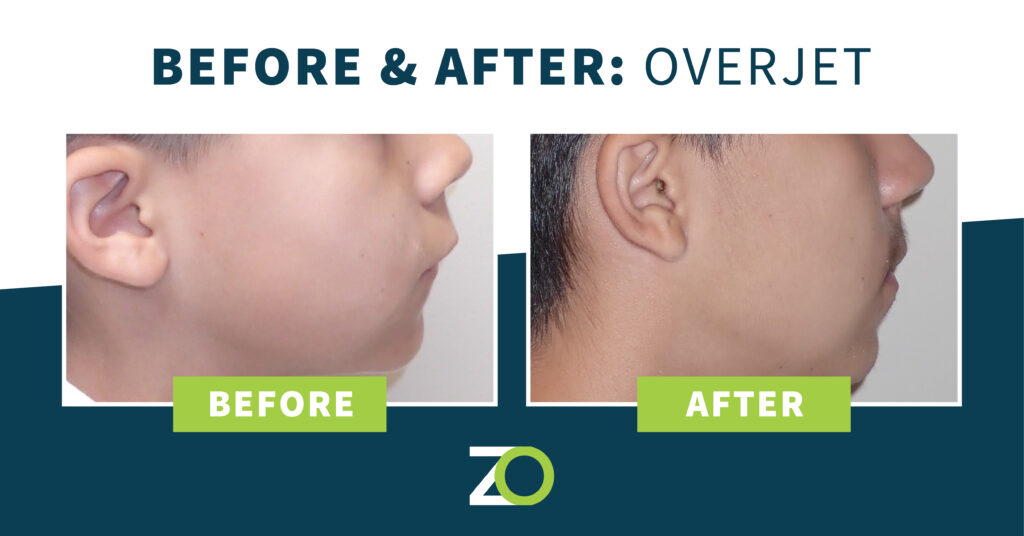
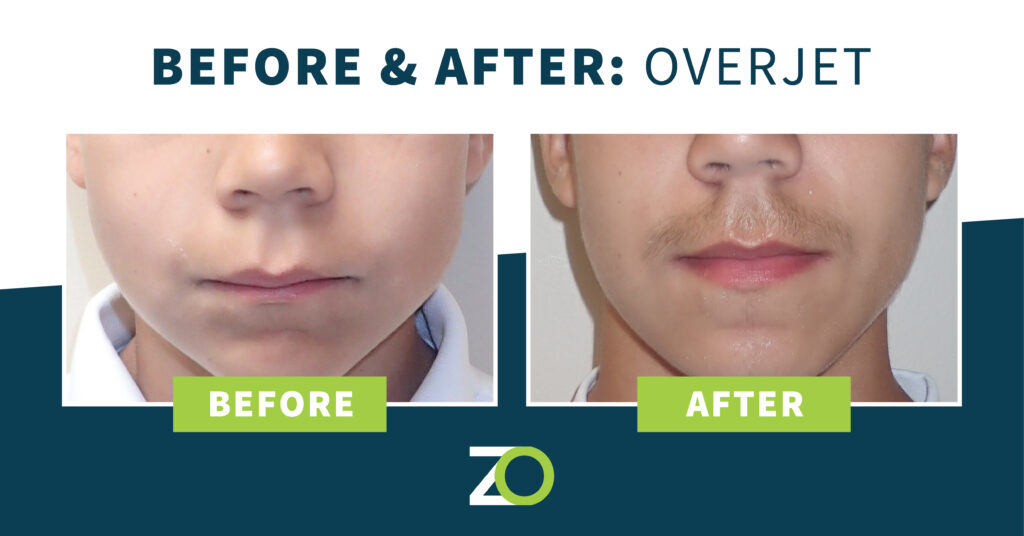
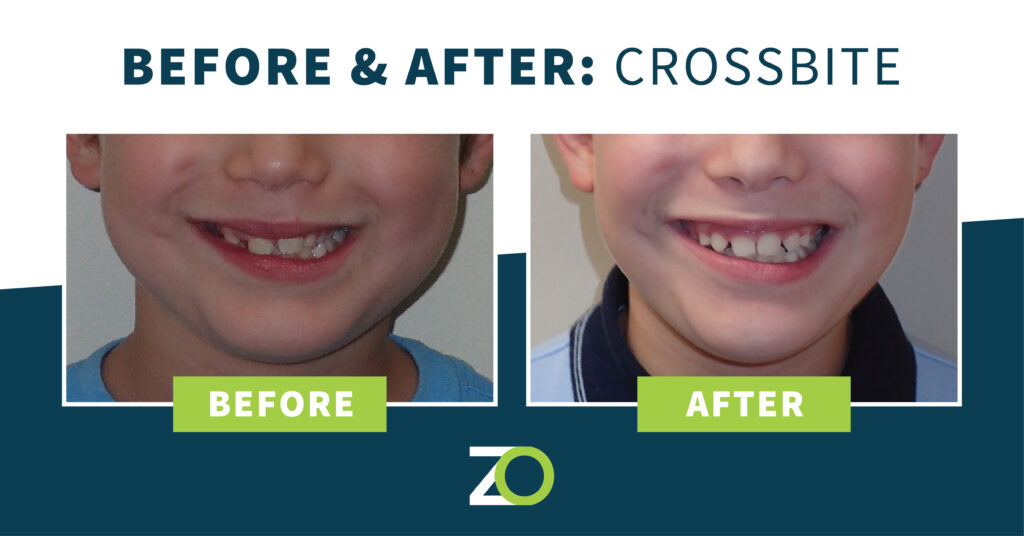
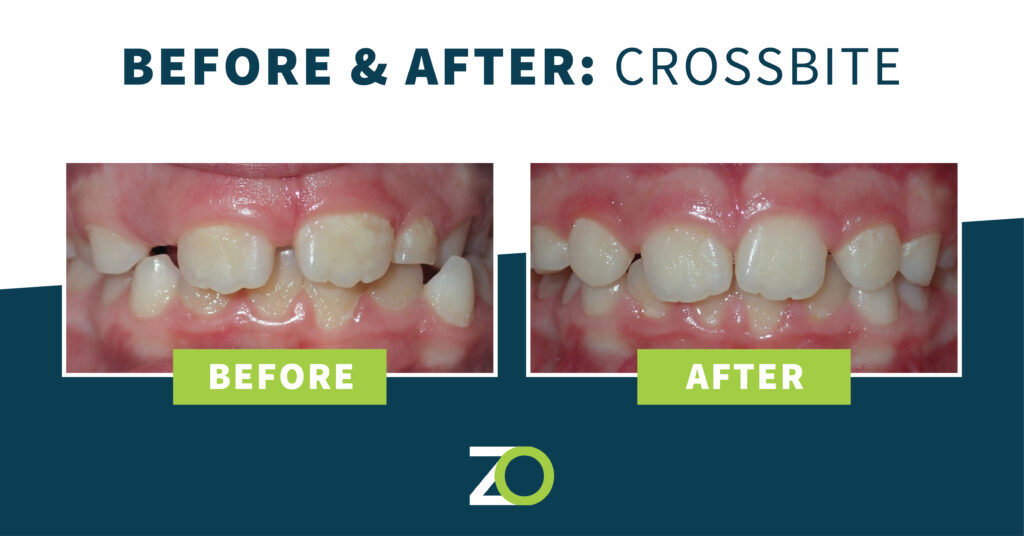
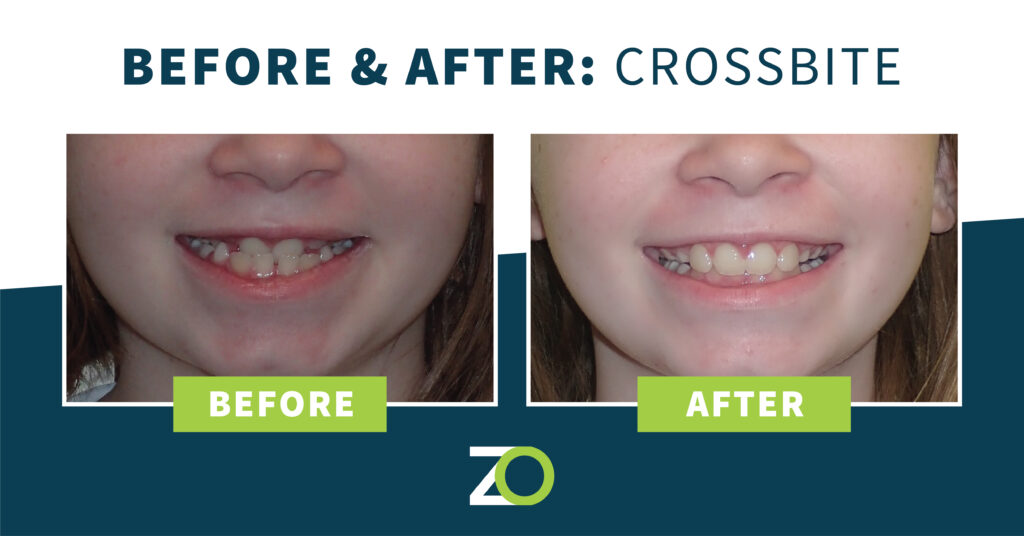
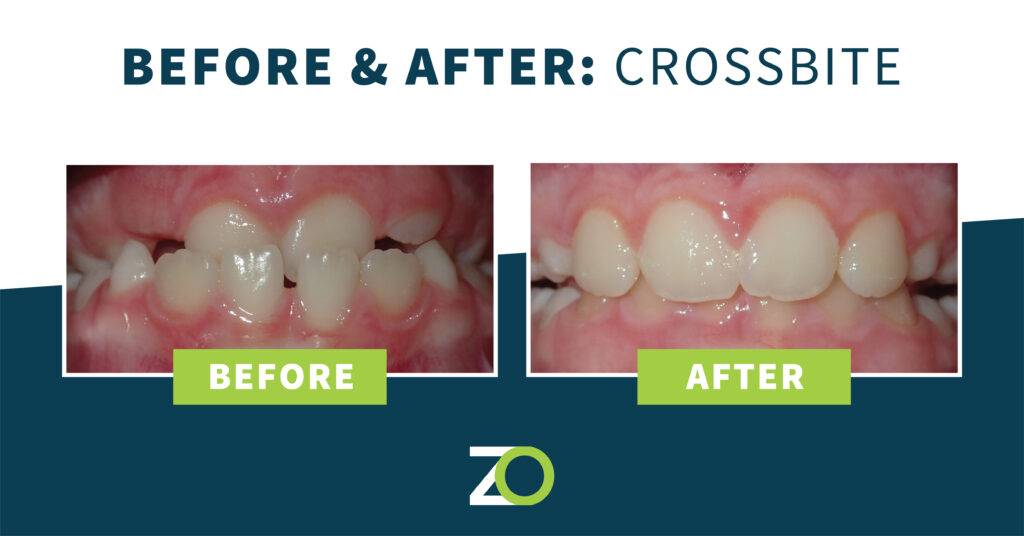
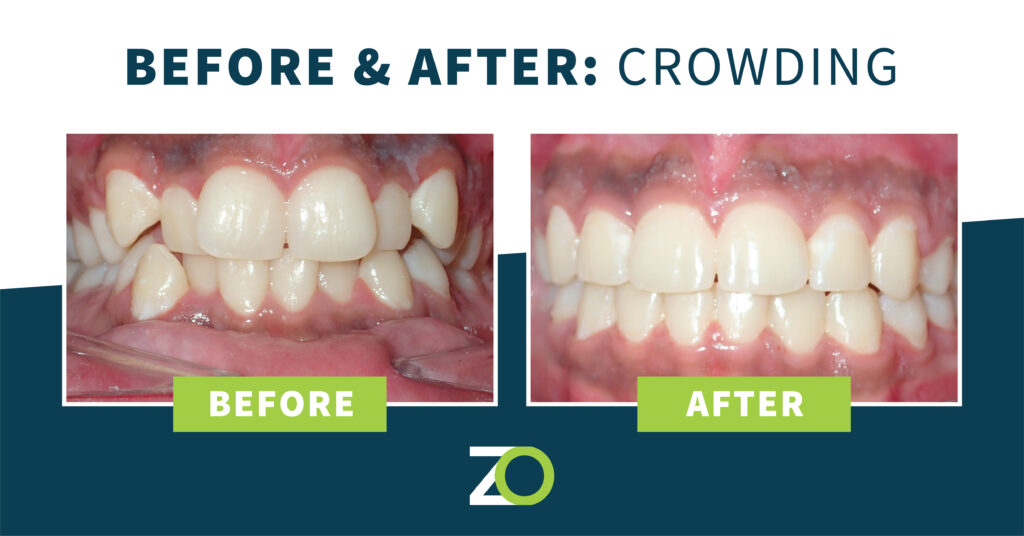

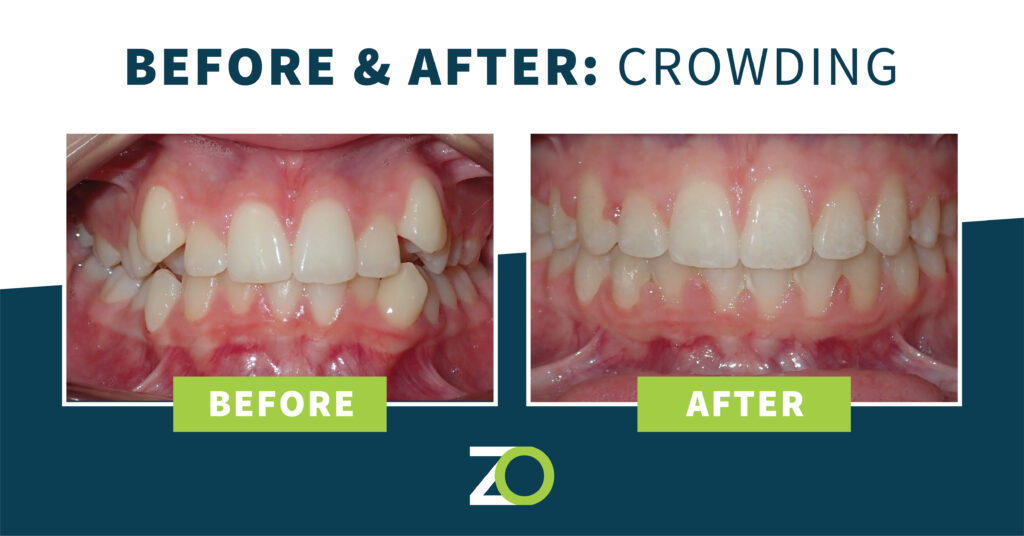
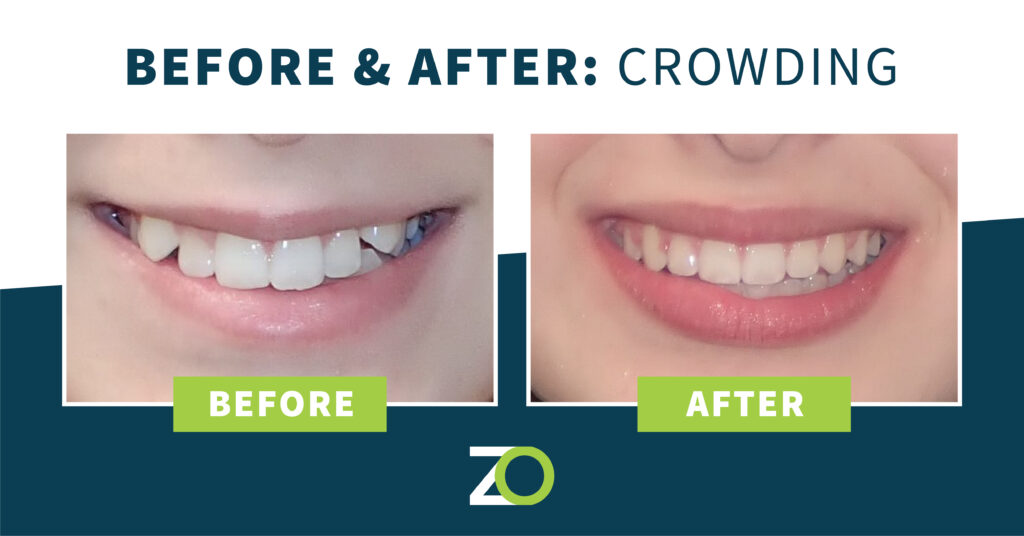

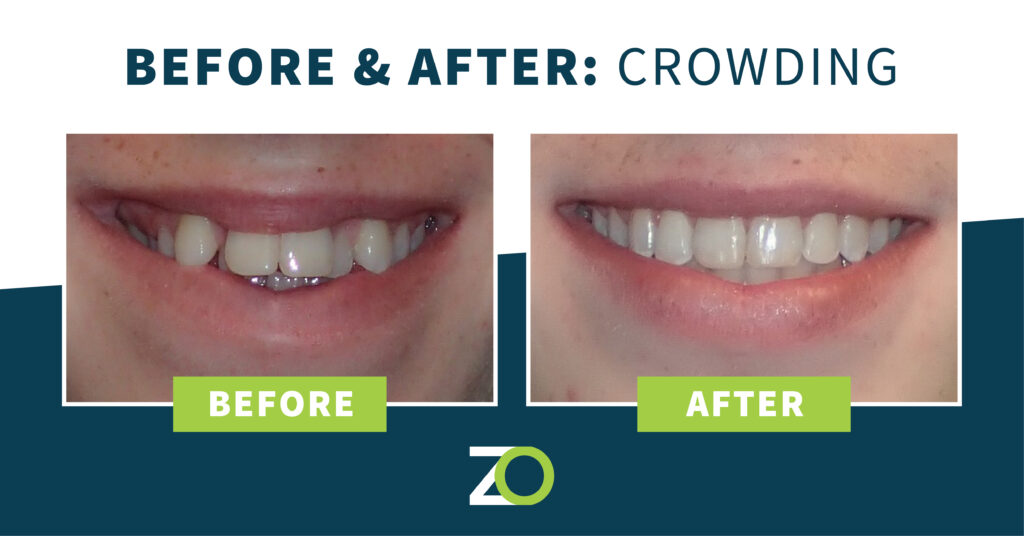

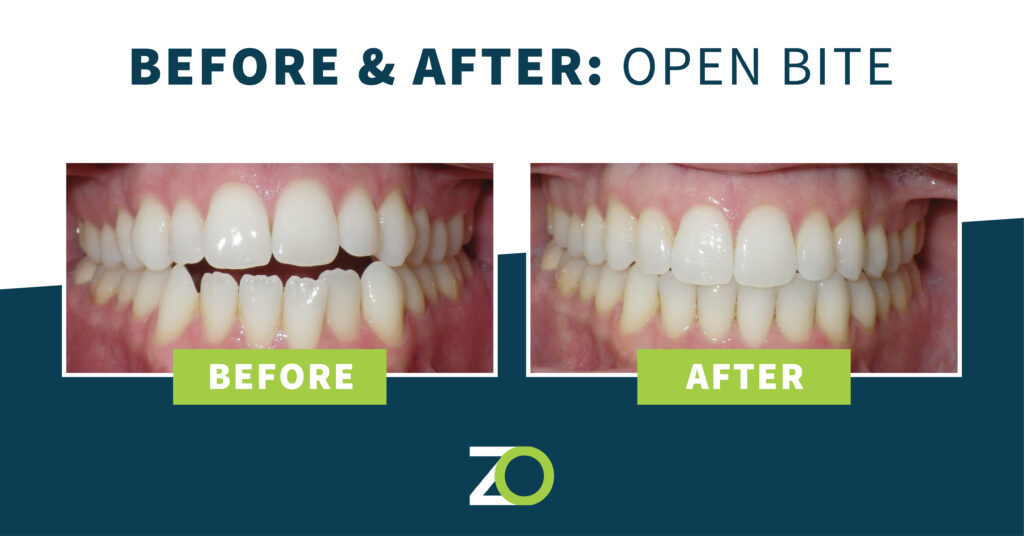
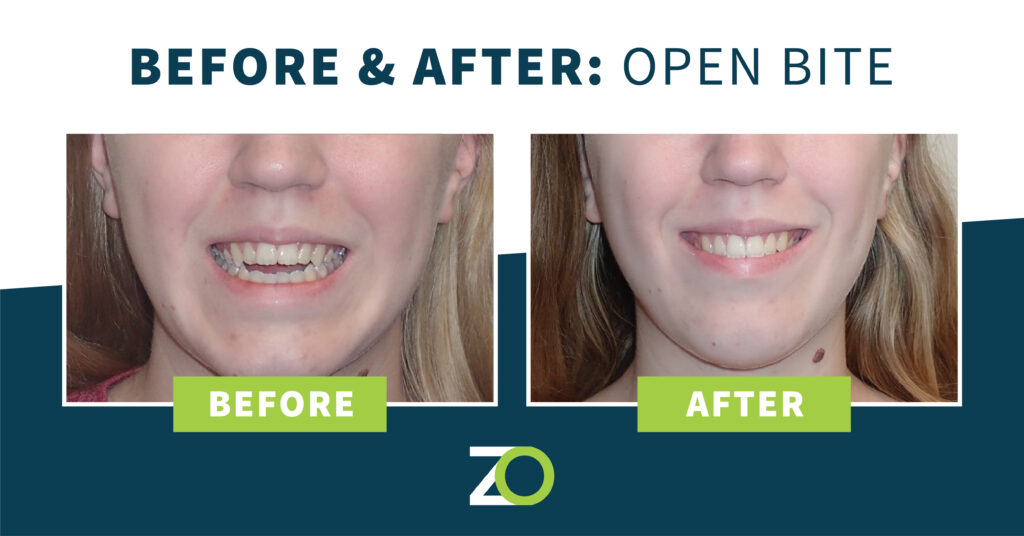

While many parents believe they need to wait until a child has all of their permanent teeth, the American Association of Orthodontists recommends an earlier check-in — by Age 7. Usually, your child won’t need to see an orthodontist earlier than that. However, if your child is suffering from orthodontic problems, it might be a good idea to see an orthodontist early.
In addition to the signs above, here are some specific indicators that your child needs braces:
Generally, the earlier orthodontic problems are identified, the earlier and more easily they can be addressed.
So if you are wondering whether your child would benefit from braces, give Zombek Orthodontics a call. After a thorough exam, we will let you know if any treatment is recommended now or should be considered in the future.

So if you are wondering whether your child would benefit from braces, give Zombek Orthodontics a call. After a thorough exam, we will let you know if any treatment is recommended now or should be considered in the future.
It isn't always easy to figure out if you need braces, but Zombek Orthodontics is here to help! Our examination for new patients can let you know whether you or your child should consider a treatment option with braces or treatment with Invisalign or Invisalign Teen. Treatment plans are personalized for each unique case.
We can answer any questions you may have and start you on the path to the smile of your dreams! Just give us a call to schedule an appointment or start a virtual consult from anywhere. We’ll guide you every step of the way!
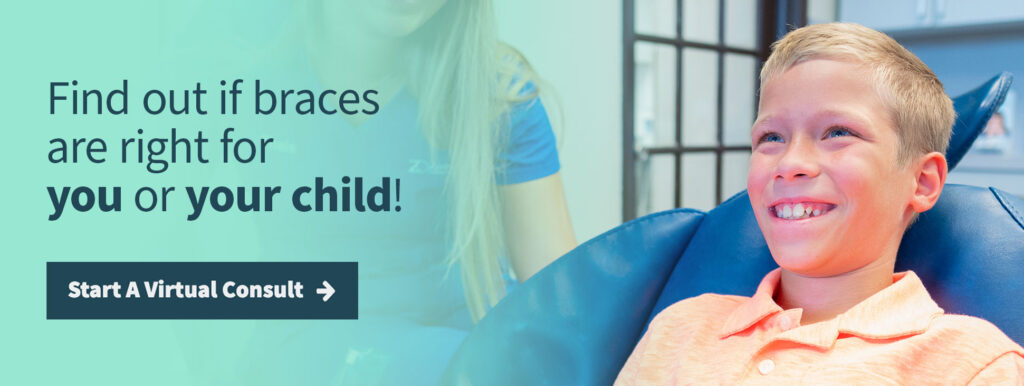
Congratulations on getting your braces! You’re on your way to the smile you’ve always dreamed of having! The good news is that your braces will do a lot of the work. However, you will have a few things you need to do to make your braces journey a success. You’ll need to keep up with brushing and flossing, making sure you do it regularly. You’ll also need to watch what you eat while in braces because some foods can damage your braces. That could delay treatment, and no one wants that!
At Zombek Orthodontics, we often get questions about what you can eat and what you can’t while in braces. We have a list of foods to avoid during your treatment, foods you can eat with caution, and foods you can continue to enjoy with braces!
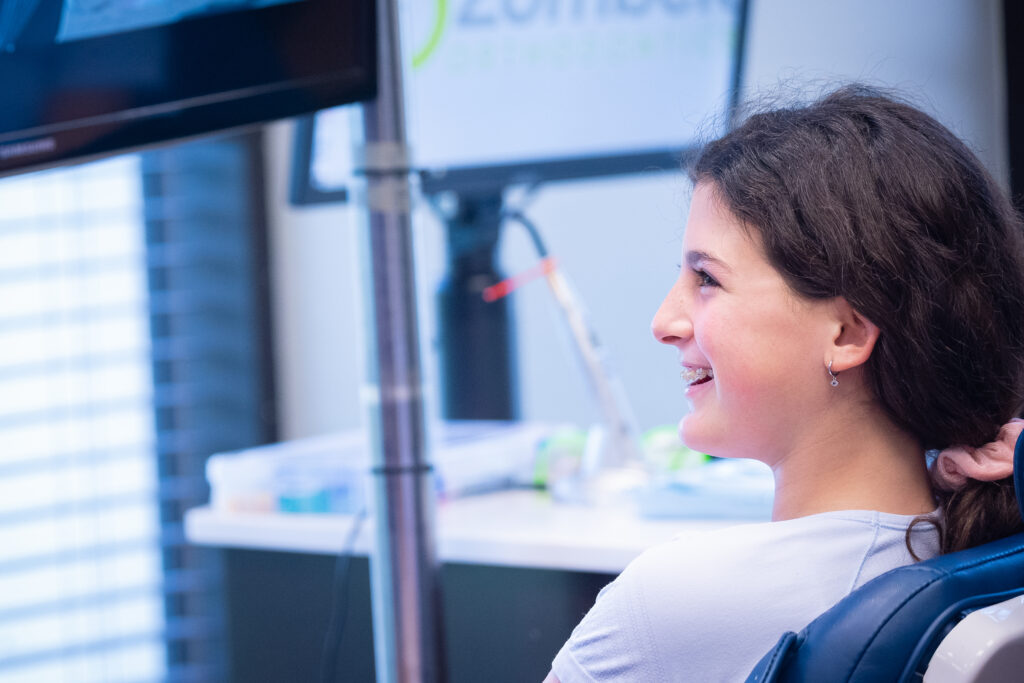
Yes, there are foods you need to avoid eating with braces. The main reason is that these foods can damage your braces and delay your treatment time. No one wants that, right? Many of these foods are considered “junk” foods, so you may find yourself eating healthier with braces!
Here’s what you need to avoid with braces:
Again, this is just temporary. You’ll be back to eating these foods before you know it!
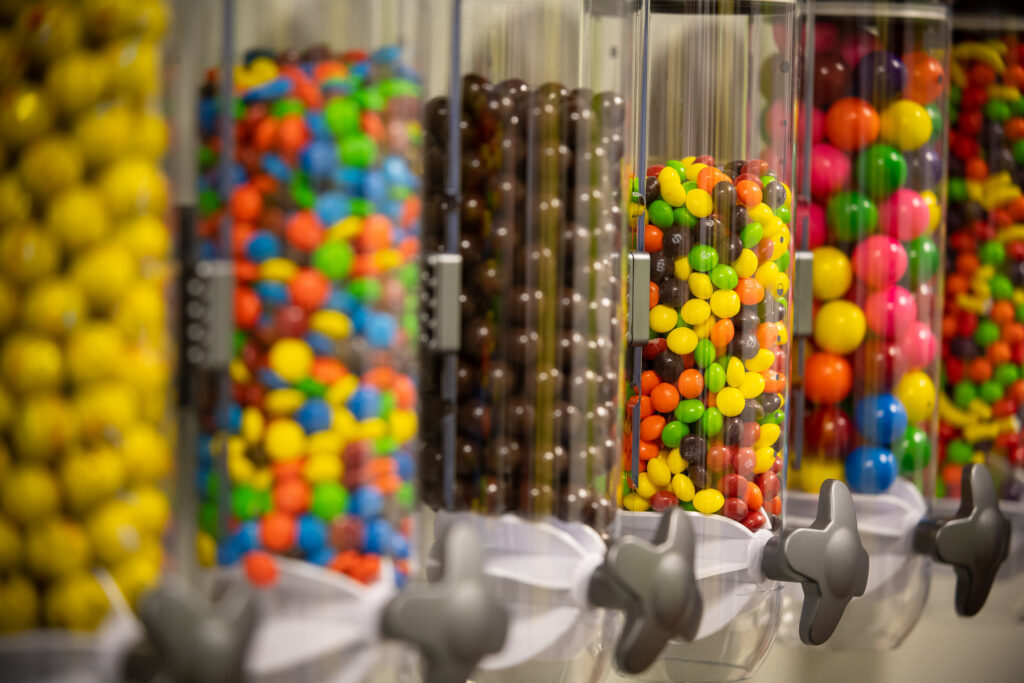
Some foods can be eaten with a certain amount of caution and specific preparation. Some meats, for example, can be eaten in small bites or prepared in certain ways.
It may seem like you’re giving up a lot of different foods, but that’s not the case! There are plenty of delicious foods you can enjoy with braces. From lobster and soft tacos to ice cream and cake, there are endless possibilities!

Once you finish all these great foods, be sure to brush your teeth for at least two minutes. It’s best to do this twice a day and floss at least once a day. However, it would be ideal if you could brush after every meal. You can also use a water flosser and mouthwash for extra cleaning and fluoride protection.
Zombek Orthodontics wants your braces journey to be a success, which is why we will be here for you every step of the way. If you’re in the Weston or Hollywood, FL, areas, you can always contact us if you have questions. It may seem like a lot to remember at first, but you’ll soon get used to avoiding certain foods while enjoying others as your braces work to create the perfect smile. It will be worth it in the end when you look in the mirror and see the smile of your dreams!
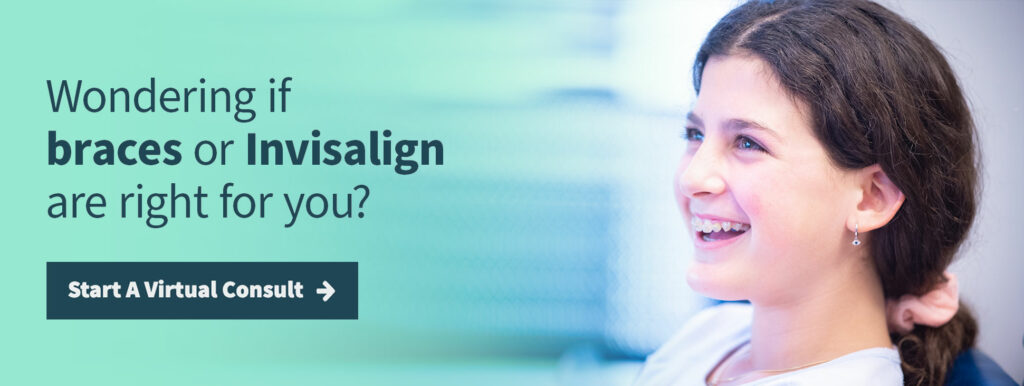
You need your teeth cleaned, and you’re looking to get Invisalign treatment. You can go to the same person, right? No, actually. You need a dentist for teeth cleaning and an orthodontist for Invisalign treatment. But wait! Aren’t they the same thing? Once again, no. Knowing the difference is good so you know where to go to get what you need for your oral health.
Take Dr. Zombek at Zombek Orthodontics. He trained for years to be a dentist, so technically, he’s a dentist. But he also continued his education with specialized training to become an orthodontist. That extra training and certification are what prepared him to give you the best options available for you when it comes to braces and Invisalign treatment.
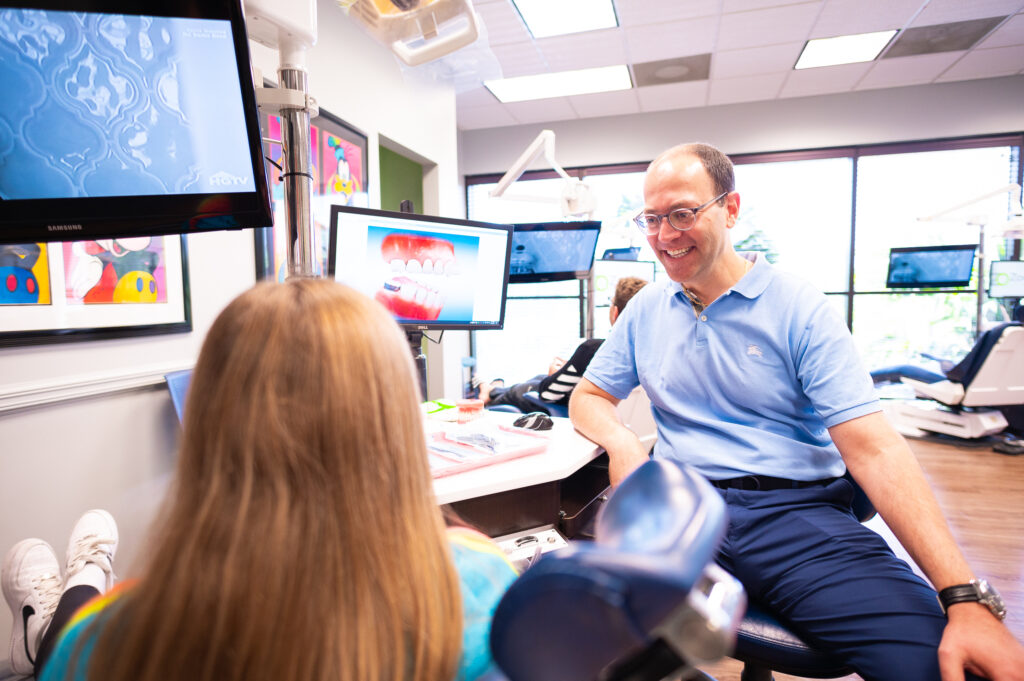
You’ve probably seen those word puzzles, “If all squeaks are squawks, and some squawks are beeps, are all beeps squeaks?” People have the same confusion over dentists vs. orthodontists. Are all dentists orthodontists? Are all orthodontists dentists? The confusion lies in the fact that dentists and orthodontists start with the same training — to be dentists.
A dentist trains in general dentistry at a dental school. Once they graduate from that school, they are ready to work in general dentistry. They are trained to do everything you expect dentists to do: clean teeth, fill cavities, provide fluoride treatments, and install crowns, among other things. They can work with other dentists or open their own practice.
What they can’t do is treat patients with braces or clear aligners. They need extra training for that.
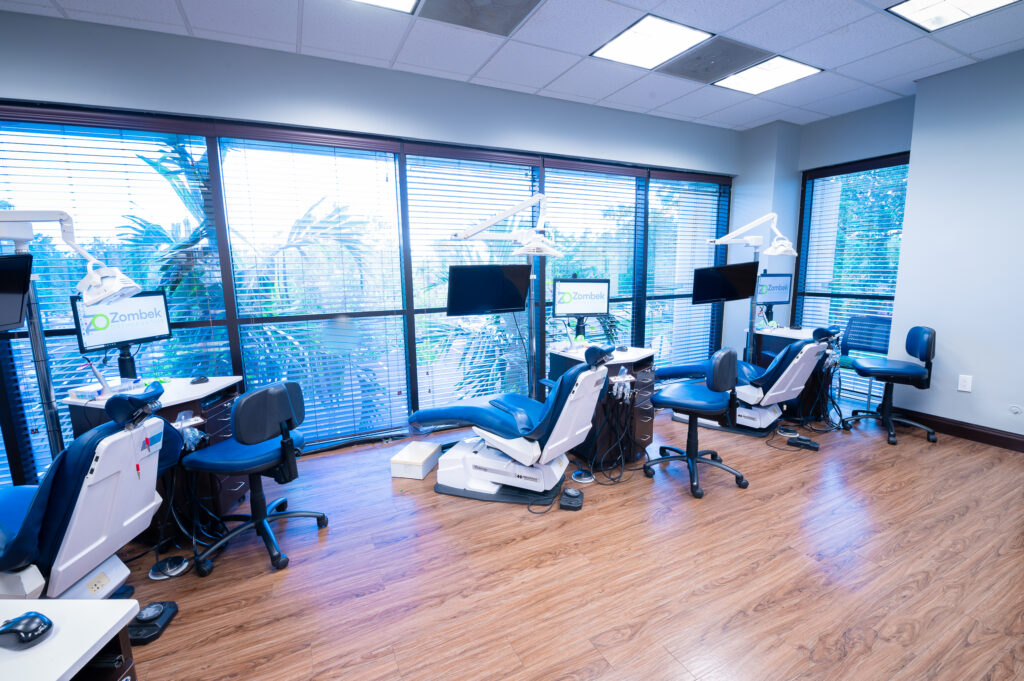
An orthodontist starts the same way as a dentist by training in dental school. Unlike the dentist, the orthodontist’s training doesn’t end with dental school. They have to continue their education in a special certification program. This is where they learn the special field of orthodontics, which includes moving teeth with precision to create beautiful smiles and correct bad bites. They are officially orthodontists once they receive their certifications.
Look at it this way: All cardiologists are doctors, but not all doctors are cardiologists. If you have heart problems, you’ll want to go to a cardiologist, not a general practice doctor. It’s the same with dentists and orthodontists. If you want to keep your teeth clean and your mouth healthy, you want to visit a dentist. If you want to straighten your teeth, you need to see an orthodontist.
You may have heard of another term, “cosmetic dentistry.” What exactly is that? Is a cosmetic dentist an orthodontist, or is a cosmetic dentist a dentist? Like the orthodontist, the cosmetic dentist is in a specialized field. They start with dental school but obtain special certifications to perform services such as veneers or crowns, tooth repair, tooth whitening, and color tooth matching. A few may offer Invisalign training, but that’s usually left to an orthodontist.
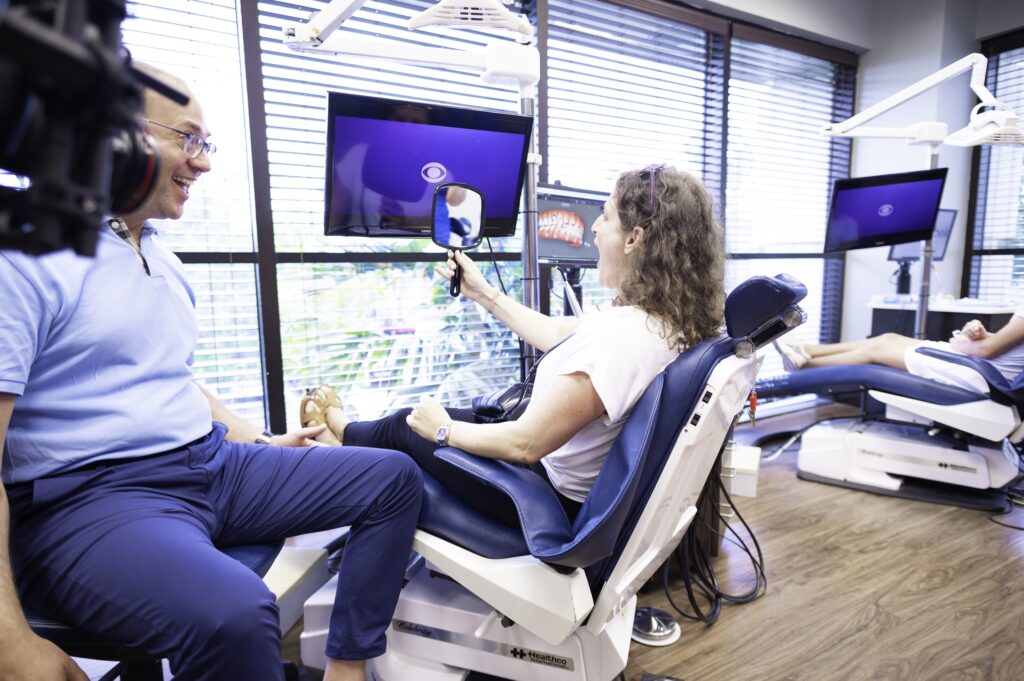
Now that you know the difference between a dentist and an orthodontist, when do you visit which one? If you want your teeth cleaned, visit your dentist. What if you have a cavity? Dentist! Who do you need for braces? You need an orthodontist! What other services do you leave to the orthodontist?
As an orthodontist, Dr. Zombek can treat you with braces or Invisalign clear aligners. He can treat adults, and he can treat children with these services. He can install devices that can help correct a bad bite in your mouth or your child’s, from a tongue crib to reposition the tongue away from the teeth before braces to palate expanders that widen the upper jaw and prepare it for straight teeth.
Does this mean you won’t need to see your dentist while getting orthodontic treatment? Not at all! In fact, you need to be diligent with your semi-annual cleanings to ensure you don’t get cavities during treatment. Your dentist will take care of the cavities if you get any, but we hope you will brush and floss regularly to prevent this from happening. Once your braces are off, your dentist will thoroughly clean your teeth so you can see how gorgeous your new smile is!
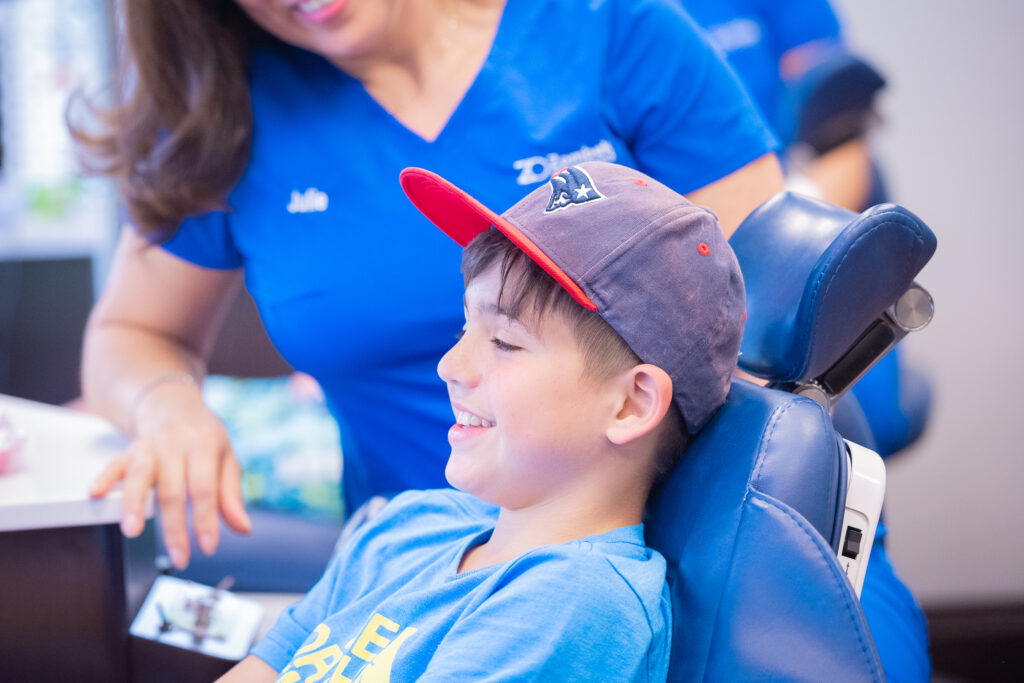
Has your dentist recommended you see an orthodontist? If you live in the Weston, FL, or the Hollywood, FL, areas, we invite you to visit us and see what we can do for you! Zombek Orthodontics can get you started with our virtual consult tool, which lets you tell us about your case from the comfort of your own home through a computer or mobile device. Then, we’ll bring you in for a thorough evaluation and let you know the best treatment for you. You’ll love your new smile from your orthodontist!
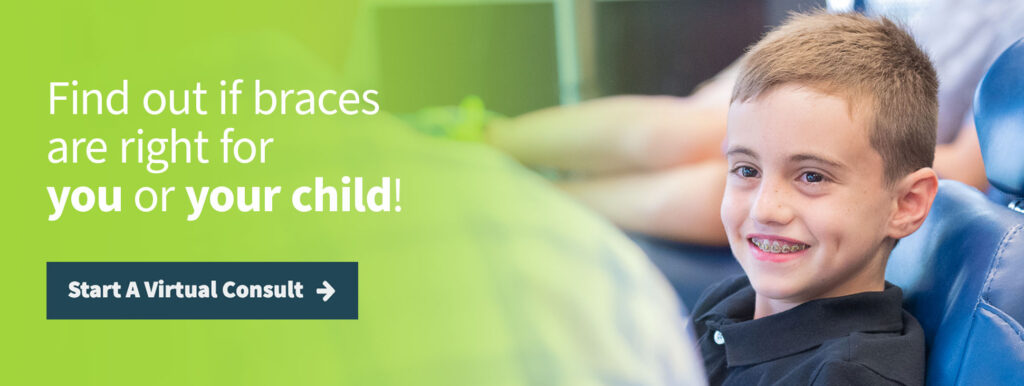
 This site’s strategy, design, photo & video were created by the marginally-above-average folks @ Clear Partnering Group.
This site’s strategy, design, photo & video were created by the marginally-above-average folks @ Clear Partnering Group.